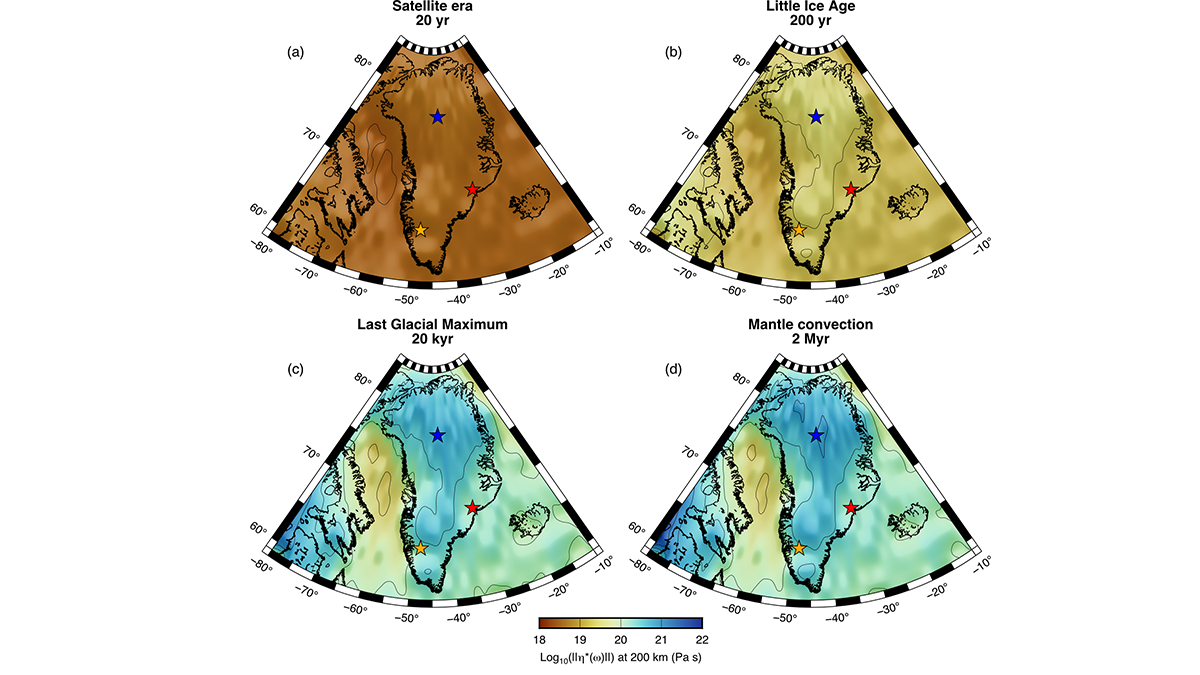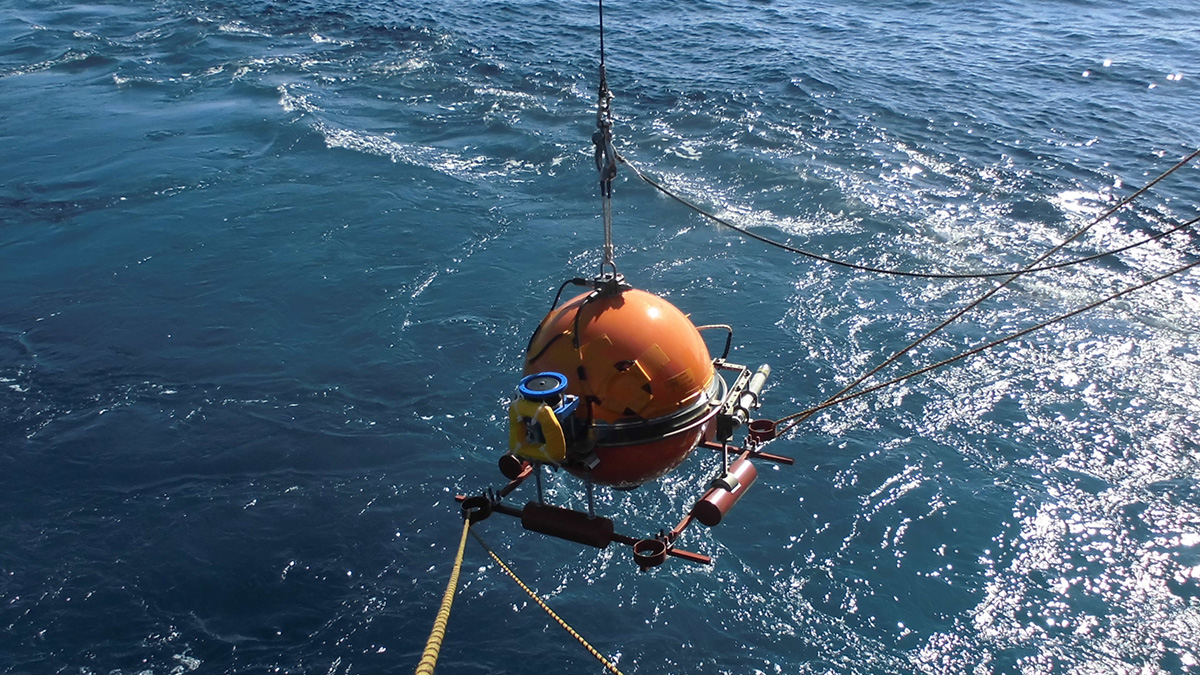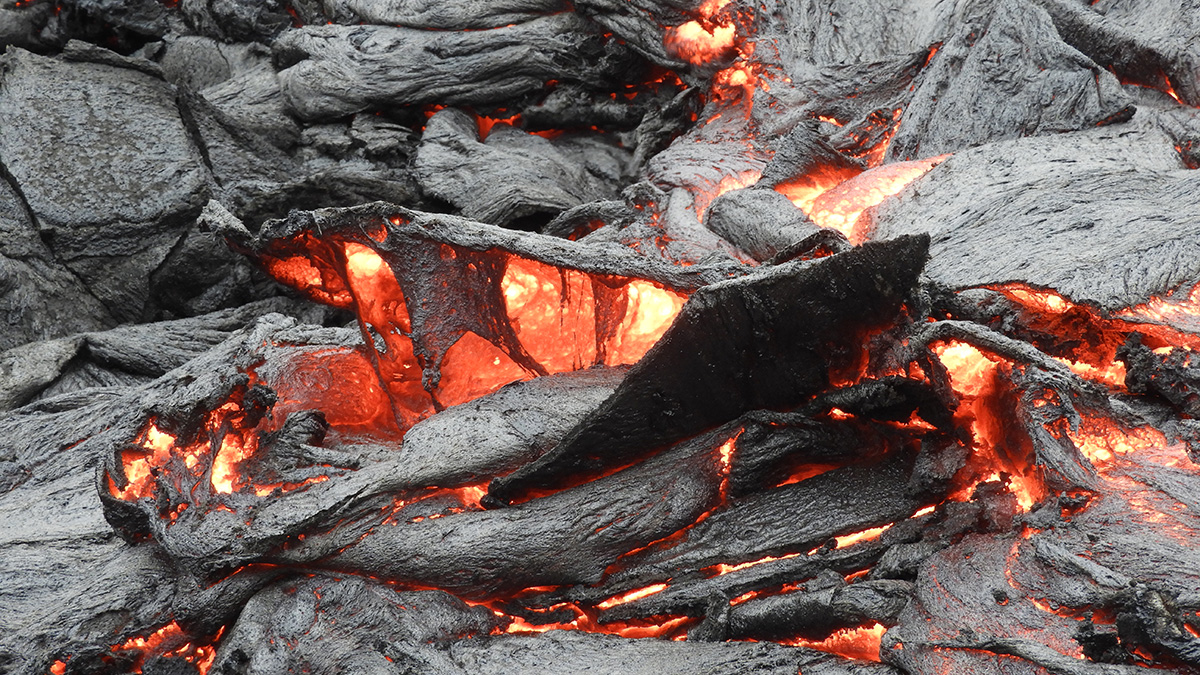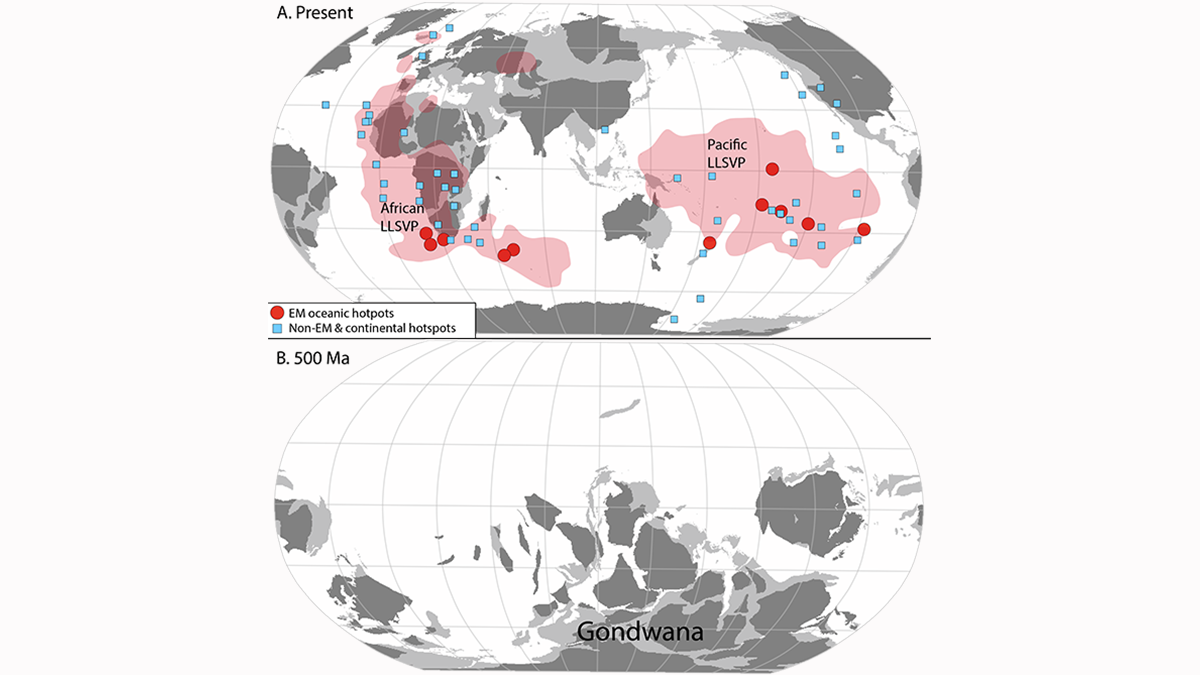The mantle’s resistance to flow appears different for glacial and plate tectonic timescales but this behavior can be reconciled with new thermo-mechanical models of the asthenosphere.
Earth’s interior
Crystals Track Magma Movement Beneath Iceland
Crystals from Fagradalsfjall’s eruption mark how mantle magma might have been moving years before geophysical indicators alerted scientists to unrest.
Small-Scale Convection Shuffles the Oceanic Lithosphere
Seafloor spreading organized lithospheric minerals into a lattice, but small-scale convection jumbled up the innermost layer.
The Crust Travels to the Earth’s Core and Back in Record Time
Subduction of continental crust around the Gondwana supercontinent may explain the mantle Dupal anomaly of the southern hemisphere.
Can Anelastic Attenuation of Oceanic Mantle be Reliably Measured?
A new study demonstrates that robust anelastic attenuation measurements can be made across ocean bottom seismic arrays at different locations using surface wave array analysis.
Billion-Year Rewind Tracks Supercontinents and Mantle Structures
Scientists have traced past pathways of tectonic plates back a billion years using computer models, with intriguing results. Incorporating geologic data as a check on model output, however, has proven tricky.
Making Waves
Sources of tsunamis are undersea, underground, and under the microscope in our October issue.
Global Seismic Networks: Recording the Heartbeat of the Earth
Global broadband seismographic networks have provided the science community with 30 years of data which is being used to understand the Earth.
New Map of Proposed Mantle-Driven Topography Stirs the Pot
The role the deep Earth plays in creating topography is hotly debated. A new study uses subtle elevation changes around the globe as evidence that the mantle plays a key role in building topography.










